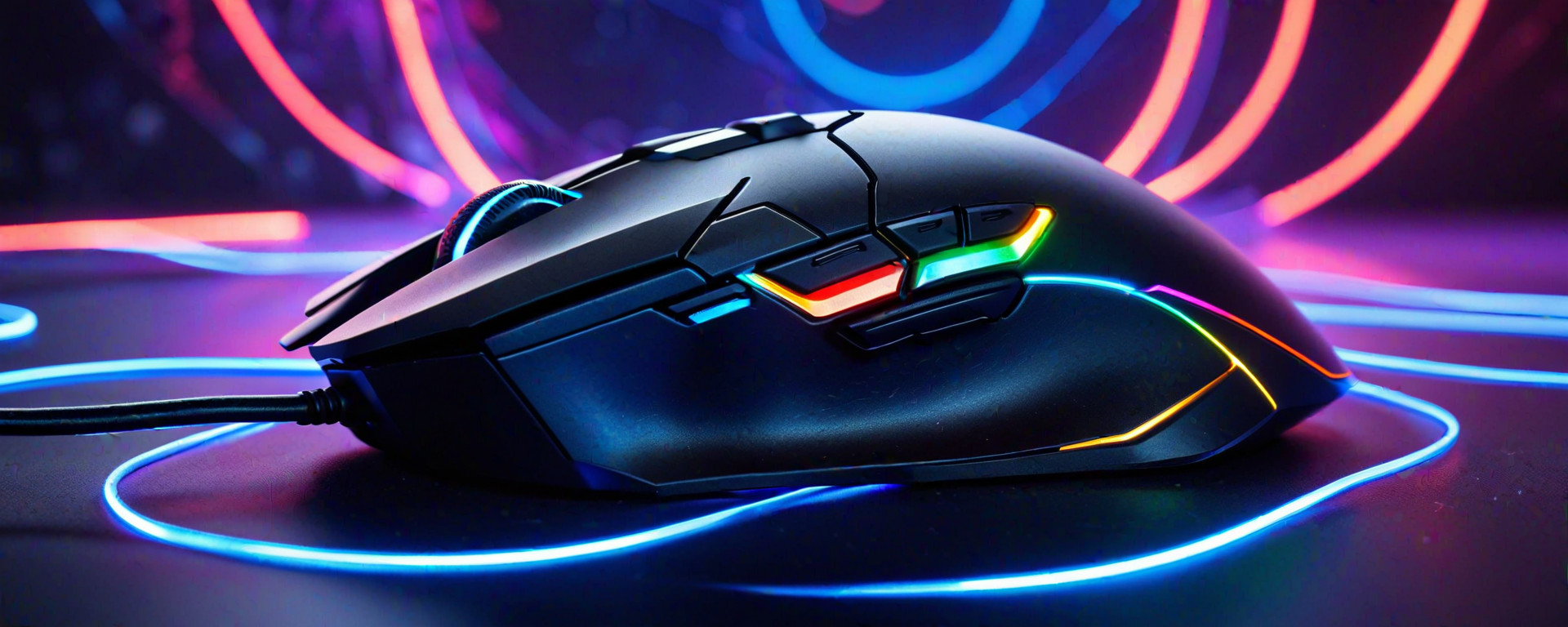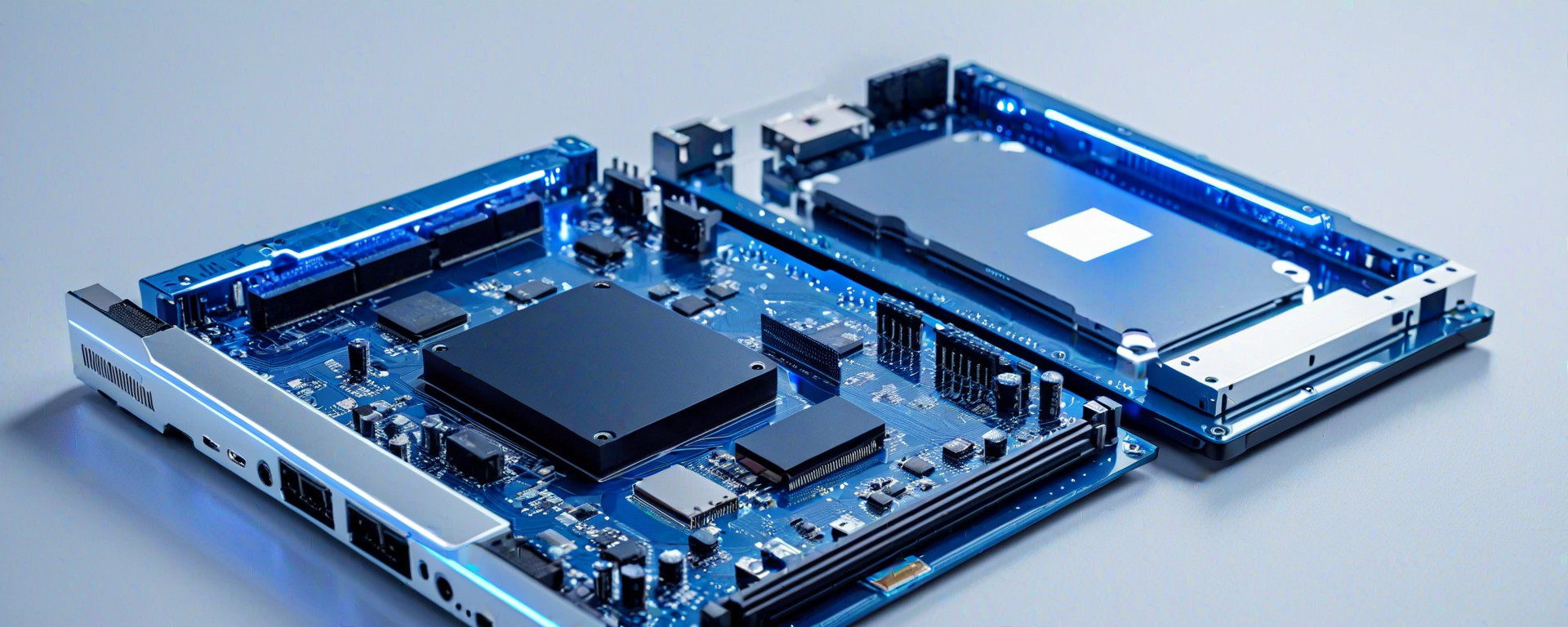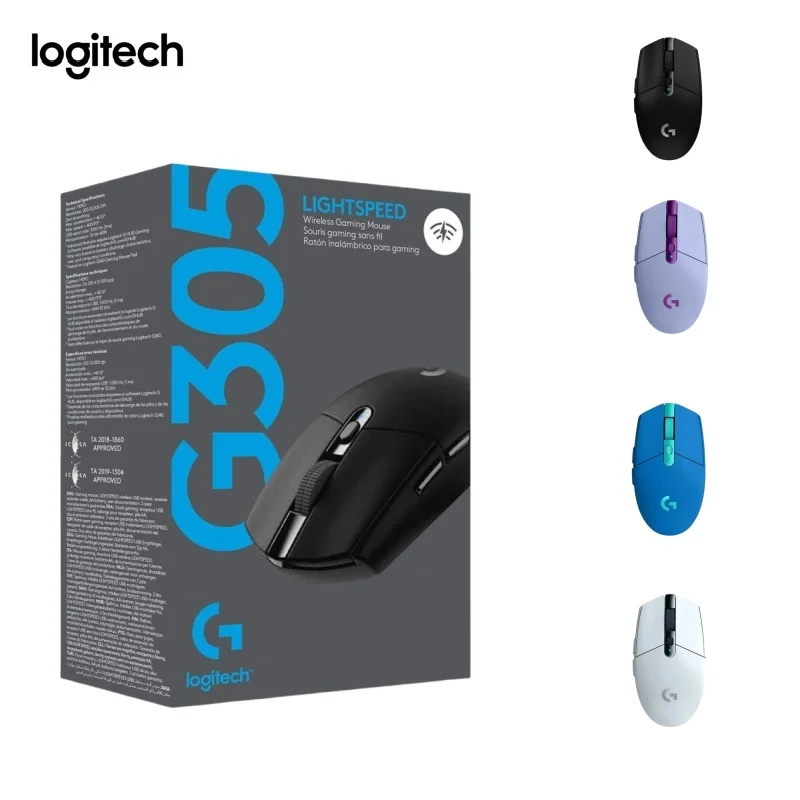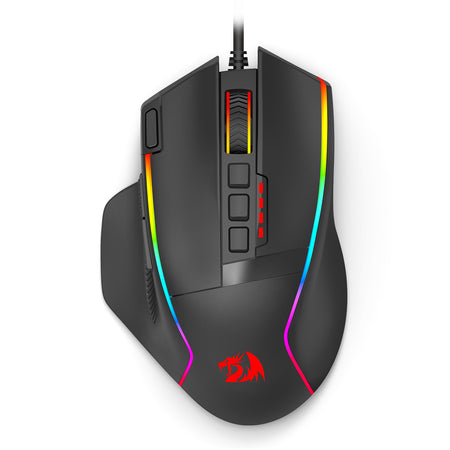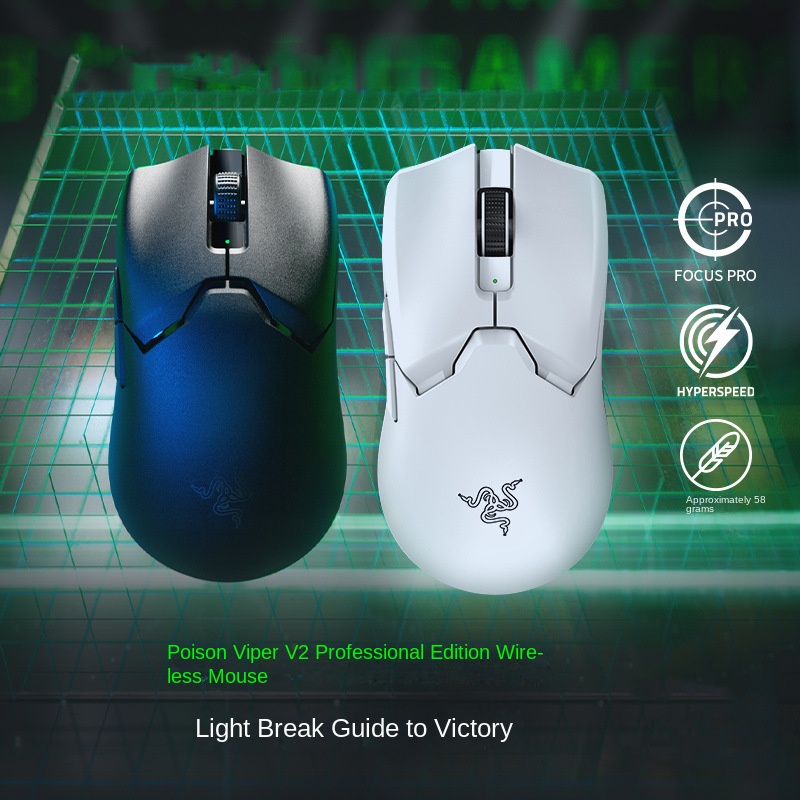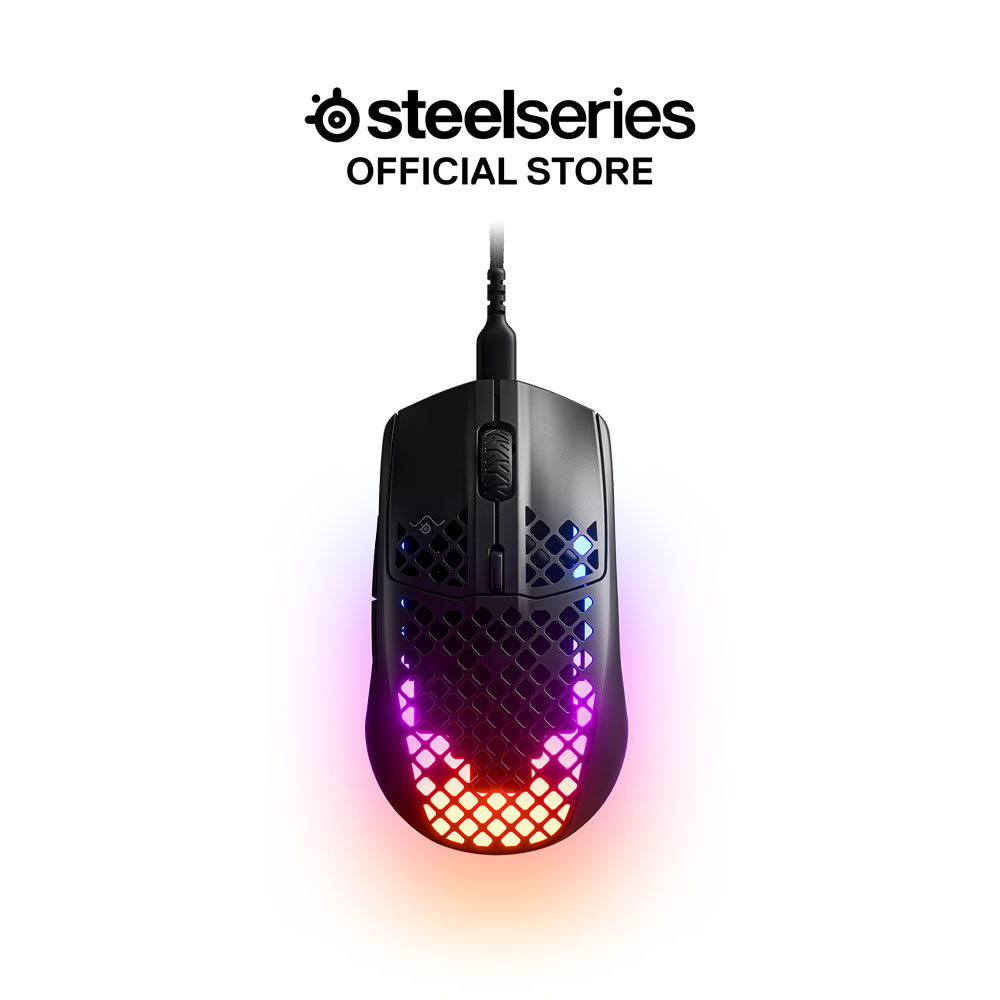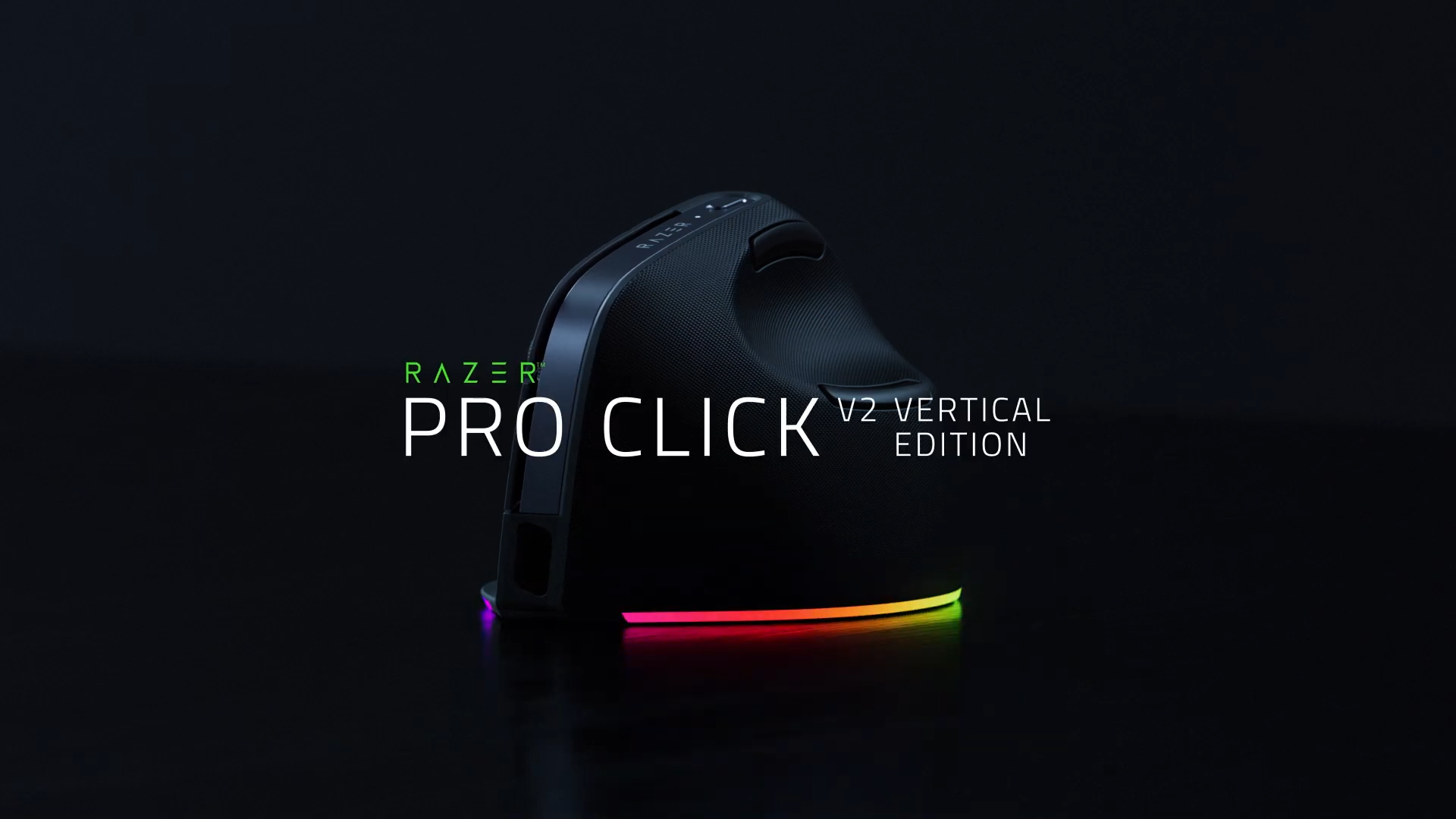Introduction
Choosing the right computer mouse can significantly enhance your computing experience. Whether you're a gamer, office worker, or casual user, selecting between wired and wireless mice can be a crucial decision that impacts performance, convenience, and overall satisfaction. This article aims to provide a comprehensive comparison of wired versus wireless mice, exploring their technical specifications, performance metrics, and practical use cases.
By the end of this guide, you will have a clear understanding of the benefits and drawbacks associated with each type of mouse, enabling you to make an informed decision based on your specific needs and preferences.
Understanding Wired Mice
Technical Specifications
Wired mice connect directly to a computer via USB or PS/2 ports. They offer consistent connectivity without the need for batteries, providing users with reliable performance and responsiveness. The cable length can vary from short (about 1 meter) to longer options, offering flexibility in positioning.
Performance Metrics
Wired mice are generally favored for their high DPI settings and low latency. This makes them ideal for gaming scenarios where quick reactions and precision control are essential. They also excel in professional environments requiring detailed work such as graphic design or video editing, thanks to their stable connection.
Real-World Usage Scenarios
- Gaming: Gamers benefit from the low latency of wired mice, ensuring that every click and movement is accurately registered. This can be particularly advantageous in fast-paced games like first-person shooters or real-time strategy titles.
- Graphic Design: Graphic designers appreciate the consistency and reliability of wired mice when working on intricate designs, as even slight delays in mouse response can disrupt workflow.
Understanding Wireless Mice
Technical Specifications
Wireless mice connect to a computer via Bluetooth or USB receivers. They offer the freedom and convenience of wireless connectivity without the need for additional cables. Many models come with rechargeable batteries, providing extended usage time between charges.
Performance Metrics
While wireless mice have improved significantly in recent years, they still face challenges such as latency issues and reduced range compared to their wired counterparts. However, advancements like Bluetooth 5.0 have narrowed this gap, making wireless mice a viable option for many users.
Real-World Usage Scenarios
- Office Work: Wireless mice are ideal for office environments where portability and desk space are considerations. They offer the convenience of moving between multiple computers without the hassle of cables.
- Multimedia Consumption: For users engaging in activities like browsing, streaming videos, or watching movies, wireless mice provide a clutter-free setup that enhances overall user experience.
Pros and Cons of Wired Mice
Pros:
- Highly responsive with low latency
- No battery issues or charge times
- Wide range of DPI settings for different use cases
Cons:
- Limited mobility due to cable constraints
- Potential strain on desk setup due to cables
- Noisy clicks and less ergonomic design in some models
Pros and Cons of Wireless Mice
Pros:
- Freedom from cable constraints
- Suitable for multi-device setups
- Convenient for travel or portable use
Cons:
- Potential latency and reduced range issues
- Battery replacement or recharging required periodically
- Sensitivity to interference in crowded wireless environments
Comparison of Wired vs. Wireless Mice
| Wired Mice | Wireless Mice | |
|---|---|---|
| Latency | Low latency, near-instantaneous response | Higher latency compared to wired mice |
| Mobility | Cable constraints limit mobility | Fully wireless, offers maximum freedom |
| Battery Life | No batteries required | Varies by model; can be charged or replaced |
| Range and Interference | No range limitations, less interference issues | Limited range, potential for interference in crowded wireless environments |
| Cable Management | Potential clutter with cables | Clutter-free setup without cables |
Detailed Technical Specifications and Performance Benchmarks
Much like comparing CPUs or GPUs, selecting a mouse involves considering several technical specifications:
- DPI (Dots Per Inch): The higher the DPI, the more sensitive the mouse is to movement. This can be crucial for gaming and precise work.
- Polling Rate: Measured in Hz, this indicates how often the computer checks the mouse's position per second. Higher polling rates provide smoother cursor movements but require more system resources.
- Weight and Size: Ergonomic considerations are important for long-term use. A well-balanced mouse can prevent strain or fatigue during extended sessions.
Multimedia Features and Compatibility
Newer mice often come with additional features like programmable buttons, DPI switching on the fly, and even macro recording capabilities. These are particularly useful for gamers who want to customize their experience further.
Price Considerations
The cost of a mouse can vary widely based on its features and brand. Budget-friendly options offer basic functionality, while high-end models may come with advanced features such as customizable RGB lighting or specialized gaming modes.
User Reviews and Recommendations
Reading reviews from fellow users is an excellent way to gauge the performance of a specific mouse model. Look for feedback on responsiveness, battery life (for wireless), build quality, and compatibility with your intended use case.
Tips for Choosing Between Wired and Wireless Mice
- Primary Use Case: Consider whether you need the precision of a wired mouse or the freedom of a wireless one.
- Battery Life Requirements: If you frequently travel or move between computers, a wireless mouse might be more suitable.
- Sensitivity and DPI Preferences: Some users prefer higher DPI settings for quick movements, which wired mice typically support better due to their lower latency.
Conclusion
The choice between a wired or wireless mouse ultimately comes down to your specific needs and usage scenarios. For tasks requiring high responsiveness and precision, such as gaming or graphic design, a wired mouse is likely the best option. However, for general use in offices or situations where portability is key, a wireless mouse offers unmatched convenience.
Further Reading
About the Author
This comprehensive guide was written by an experienced technology writer with extensive knowledge in mouse specifications and usage scenarios.
By following these guidelines, you can make an informed decision that best suits your requirements and enhances your overall computing experience. Whether it's a wired or wireless mouse, the right choice will significantly impact productivity and enjoyment.
